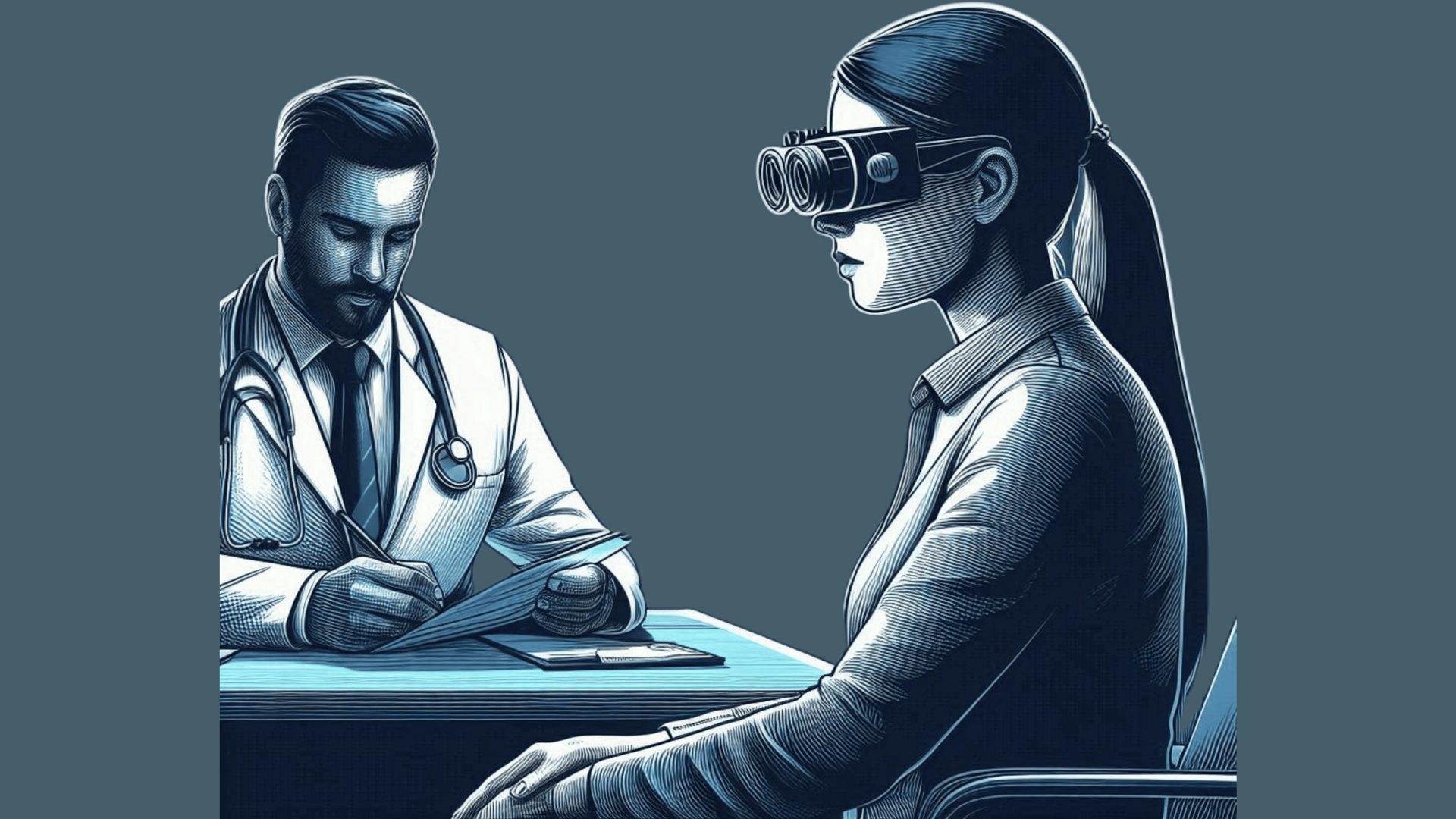For Healthcare Professionals:
Patients with dizziness or balance disorders are often first referred to vestibular rehabilitation therapy (VRT) – i.e., physiotherapy-based treatment. However, if symptoms do not improve or the diagnosis remains unclear, patients are then referred for objective vestibular testing (VTB) such as videonystagmography (VNG), video head impulse testing (vHIT), or caloric testing. This study examined how the order of these two approaches – “training first or testing first?” – affects treatment outcomes.
🔗 Behr E, Massa ML, Honaker JA. Clinical Pathways in Vestibular Care: Referral Trends Between Vestibular Rehabilitation and Objective Vestibular Testing. Am J Audiol. 2025;34(3):687-694. doi:10.1044/2025_AJA-25-00037
Study design:
- Setting: Tertiary/specialized hospital in the U.S. Midwest
- Design: Retrospective review of patient records
- Participants: 149 adults with vestibular disorders or balance complaints
- Two groups:
- VRT-first – rehabilitation before diagnostic testing
- VTB-first – diagnostic testing before rehabilitation
- Aim: Compare therapy session counts and diagnostic accuracy
Key results
- The difference was significant:
- Patients in the VTB-first group required fewer VRT sessions than those in the VRT-first group (p < .05)
- Exception: No difference for BPPV (benign paroxysmal positional vertigo) (p = .12)
- Early objective diagnostics led to more precise therapy planning and faster progress.
- Particularly for bilateral or central vestibular disorders, testing proved crucial for optimal outcomes.
Clinical Relevance
- Early objective vestibular diagnostics (VNG, vHIT, calorics, VEMP, etc.) improve treatment efficiency and reduce unnecessary sessions – except in BPPV cases.
- In BPPV, the cause is typically clear, and treatment is performed directly via repositioning maneuvers.
- Objective diagnostics enable cause-based rather than symptom-based therapy.
- For therapists: Clear diagnoses support targeted, evidence-based rehabilitation.
- For physicians: Structured referral pathways enhance care efficiency.
Relevance for Practice in Germany
In Germany, vestibular diagnostics often remain limited to standard methods – primarily caloric testing. While useful, it provides limited insight when used in isolation. Functional or central balance deficits often go undetected.
A broader diagnostic protocol (e.g., vHIT, VNG, VEMP) and close collaboration between physicians and specialized therapists allow for much more accurate assessment. This ensures earlier, more targeted rehabilitation – without losing valuable time to incomplete diagnostics.
Conclusion for Practice
This study highlights: Diagnosis before therapy pays off. Objective vestibular tests form the foundation for tailored rehabilitation and prevent detours caused by non-specific therapy.
💡 Tip:
For a concise overview of key vestibular tests, see our IVRT® online course “Medical-Technical Examinations”. Learn how to interpret VNG, vHIT, VEMP, and caloric tests safely and apply them effectively in clinical practice.
👉 Are you interested in a comprehensive further training in vestibular rehabilitation and how to optimally combine vestibular testing and rehabilitation to help dizziness patients faster and more effectively?
Current further education opportunities can be found in the IVRT Course search.
For Patients – Easy to Understand
Understanding Dizziness: Why Testing Can Save Time
Many people with dizziness start directly with balance exercises or physiotherapy. But a new U.S. study shows: Finding the cause first can lead to faster recovery.
📄 Behr E, Massa ML, Honaker JA. Clinical Pathways in Vestibular Care: Referral Trends Between Vestibular Rehabilitation and Objective Vestibular Testing. Am J Audiol. 2025;34(3):687-694. doi:10.1044/2025_AJA-25-00037
What does the new study show?
149 patients with dizziness were divided into two groups:
- Group 1 started directly with training
- Group 2 began with diagnostic vestibular testing
Result: Those who were tested first needed fewer therapy sessions and improved more quickly.
What does this mean
- A precise examination of the vestibular system can help identify the root cause of dizziness.
- This allows therapists to choose the right training for you.
- It saves time, effort, and frustration – especially when dizziness has persisted for a while.
What Can You Do?
- Ask your doctor whether further vestibular testing would be useful – one test alone (like caloric testing) often isn’t enough.
- IVRT® therapists specialize in identifying and treating functional balance problems – even when standard tests appear normal.
- With regular, tailored exercises, balance can often be fully restored.
🎯 Our IVRT®-certified dizziness and vestibular therapists are specifically trained and can provide you with professional support IVRT therapist search

